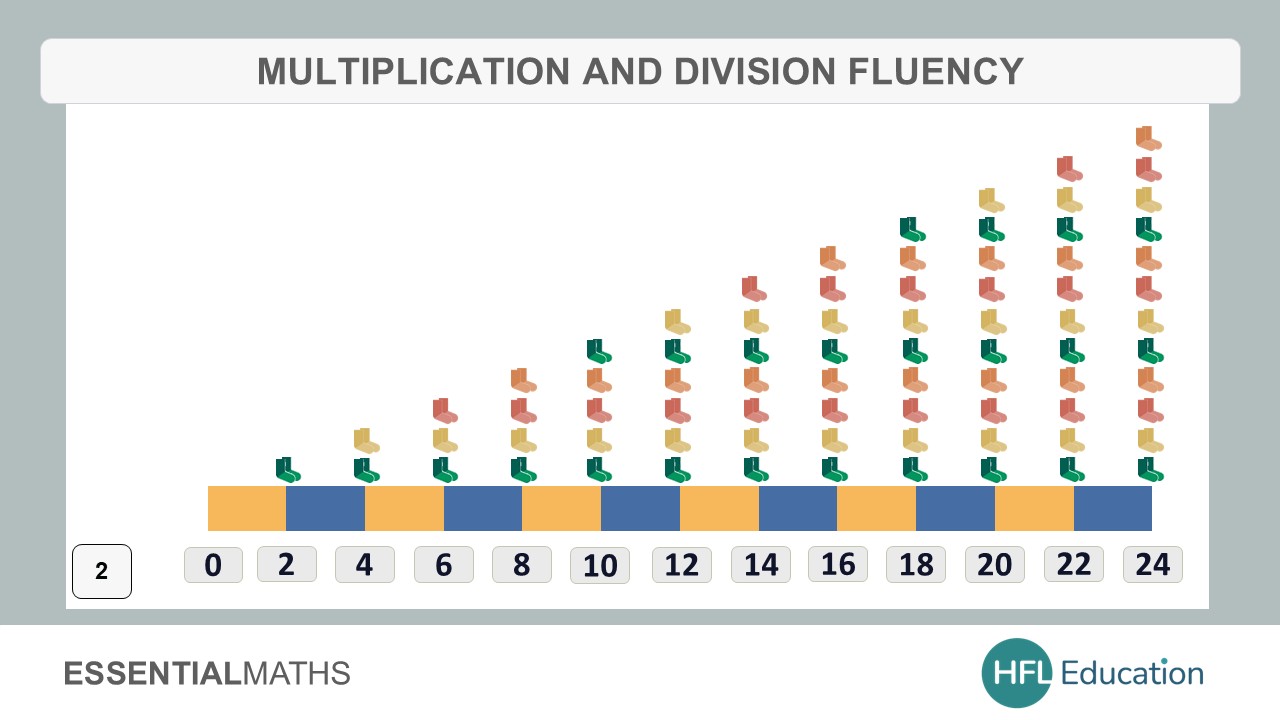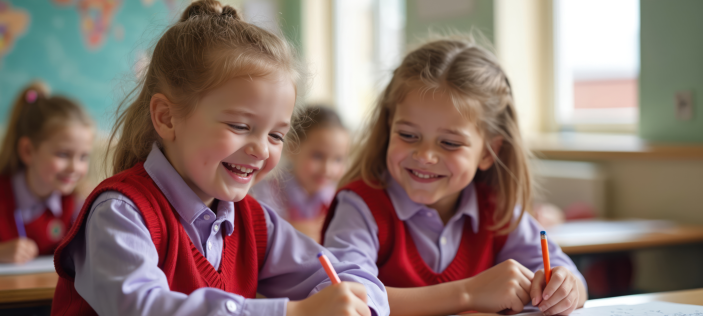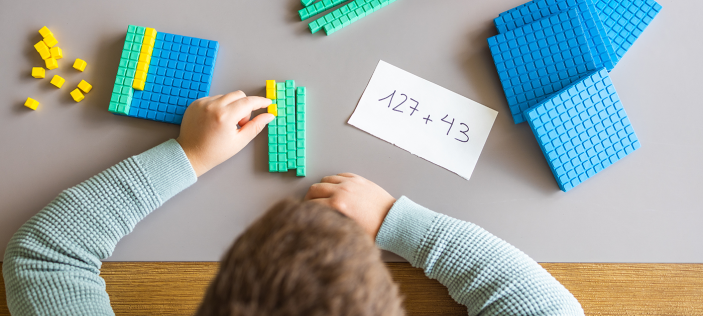Whilst there can be a stereotype of primary schools throwing exercise books to one side come 1st December and grabbing the glitter for three weeks of crafting, we know the reality of balancing a packed curriculum and Christmas can be tricky.
We’ve been inspired by our brilliant Early Years colleagues whose blog Christmas in the Early Years: keeping it meaningful considered how we celebrate Christmas in a way that feels joyful, developmentally appropriate, and inclusive.
Whilst there is much joy to be had, in this blog we will consider four ways to ensure the magic of maths is not completely lost this Christmas.
Flex with fluency sessions and maintaining maths meetings
Many schools have set aside a little time in a normal school week for maths fluency sessions or maths meetings. Whatever you call them, these little nuggets of time can be golden for the rehearsal and maintenance of key learning.
A familiar end of term scenario: You’ve got the nativity performance at 9.30am and Father Christmas popping by at 11am, then tomorrow you are stopping early for a whole school Christmas lunch. We know that there will be occasions when there isn’t time for a full maths lesson. One of the easiest ways to keep things bubbling, and to fill those awkward gaps of times, is to use/extend your maths fluency session (or maths meeting). Maintaining the little-and-often approach, and revisiting and reactivating key learning right up to the very end of term will benefit all, particularly your most vulnerable pupils.
One school I worked with recently were keen to look ahead to the spring term teaching and use part of their daily fluency sessions in December to reactivate, assess what pupils had retained and identify possible gaps and misconceptions. We put together a series of Year 2 fractions slides to use in Year 3 ahead of the main teaching next term, this was one example:

Business as usual?
We know for some pupils and adults alike, that veering off timetable for too long can impact wellbeing. There can be security in routine, and many schools choose to keep things ‘business as usual’ for much of December. However, picture perfect images on social media can add a feeling of pressure to bring Christmas into every aspect of learning.
So, some schools and teachers might prefer a subtle approach, maintaining routine but not ignoring the season entirely. Just the tiniest tweak to the context, whilst keeping the overall pitch and key learning front-and-centre, might help both with pupils’ self-regulation (by keeping things familiar), and maintain the learning, whilst still adding a little seasonal cheer, if so desired.
Here we’ve decided our pairs of socks are suddenly Christmas stockings, with no changes required!

Christmas all the way!
For those schools and teachers who do want to fully immerse themselves, there are a range of options available to add Christmas magic into maths. When considering festive fun, the key consideration is to ensure the task is well matched to the pupils: classes of Year 4 children left doing 1-20 dot-to-dot pictures is just as undesirable as children completely lost with a task that is overly challenging and feeling unsuccessful.
Here are some of our festive favourites that combine the fun with appropriate pitch and key learning:
- During the last few years, nrich have created a wonderful advent calendar of games: Advent Calendar 2025 - Primary | NRICH
- After many years of festive fun here is a round-up of our favourite ESSENTIALMATHS Christmas tasks which we have re-released as part of our December newsletter.Below is a factor hunt challenge which is great for applying multiplication facts.

- STEM learning has a wealth of resources, including a Christmas section, where you can search by age group and subject. You need to register for an account, but the resources are free.
And finally, game on!
Maths games are for life, and not just for Christmas. But timetable tweaks may mean more opportunity than normal to revisit previous games (practice makes permanent!) or learn a new one. If you are using ESSENTIALMATHS there is a gaming index which outlines all the games built into our curriculum. As well as fostering positive attitudes towards mathematics, gaming can also:
- Provide assessment opportunities in a low-stakes environment
- Support the development of fluency: efficiency, accuracy and flexibility
- Promote reasoning and strategic thinking as they find different solutions and strategies
- Provide the opportunities for pupils to manage and develop social skills
These could be games which practise a specific skill, or traditional games such as dominoes, snakes and ladders and card games which develop core number skills.
One of our favourites is ‘Race to Twenty’. Here are the rules and an example of how the game could unfold. Whilst this is perfect for rehearsing the addition of single digit numbers the game can also be adapted in different ways. The game could be flipped to ‘Race to Zero’ so the game begins with two full tens frames and the number rolled on the dice is subtracted each time. The game could be extended for KS2 by changing each counter to a value other than 1 (e.g. 10, 100 or 0.1 and adapting the target number accordingly).
Whatever you have planned over the next few weeks, we wish everyone in schools a healthy and happy December!



